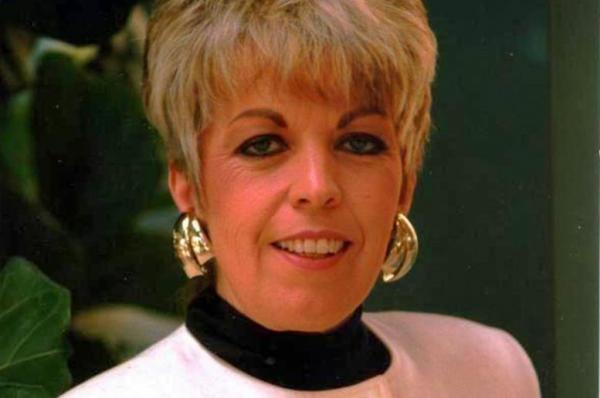Dripping Life, Feb. 7
As I may have mentioned, I was a “Polio Pioneer” in 1954, shortly after a polio epidemic had raged through West Texas and across the country. Being a “Pioneer” meant my parents gave permission for me to join my second-grade classmates for a bus ride to the local health department for a “polio shot.” As luck would have it, my last name – starting with B – put me first in line and I remember the nurse saying I should try not cry so my classmates wouldn’t bail out on getting the injection (as I recall, the vaccine was thick and white…and it seemed to take a long time to push the dose out of the syringe.)
A card and a lapel button saying we were “Polio Pioneers” were given that summer after completing the last of Dr. Jonas Salk’s three-injection clinical trial of his new vaccine. Little did we know we were part of a much larger group. In all, there were 1.3 million Salk Polio Pioneers, the largest clinical trial in history, involving elementary students in grades one through three.
A report on April 12th the next year – that the Salk vaccine had done its job – was greeted with tears from Dr. Salk’s mother, sighs of relief from the parents of American children and by April 25th, the vaccine was available routinely to kids of all ages. Truly, another miracle of modern medicine, just as antibiotics – called “wonder drugs” -- had been to my parent’s generation during World War II.
Fast Forward to today
More recently, but not in time for our beloved 90-year-old aunt who became semi-homebound because of bladder problems, a new procedure has become available. A surgeon at UT Houston’s Medical School – Dr. Bidhan Das – told me recently at least 33 million adults in the U.S. experience urinary incontinence and in women, the problem may originate with trauma from childbirth that becomes a problem as the woman ages.
Dr. Das, trained at Yale and Harvard in medicine and surgery, said incontinence is often difficult to talk about, even with personal physicians, and patients often become isolated from their circle of friends because of leakage problems. However, a procedure recently (2012) approved by FDA called InterStim is low risk (done under local anesthetic on an outpatient basis) but produces high rewards in treating male and female incontinence.
The first step, which takes less than 15 minutes, is a temporary nerve stimulus “that produces such dramatic changes that patients call us a day or two later, ecstatic they are no longer dealing with incontinence,” the physician reported. “After closely following the patient’s progress for a short time, we provide step two in less than 30 minutes. This step provides permanent nerve stimulation and placement of a battery (smaller than a pacemaker), well-hidden in the upper buttock.”
The surgeon said he is thrilled to be able to offer patients an easy solution to the ages old problem of incontinence while freeing them to enjoy a suddenly higher quality of life. The procedure has also been used to relieve fecal incontinence and Dr. Das recently performed Inter-Stem successfully on an active, 100-year-old with no problem.
Using an even newer medical procedure, orthopedic surgeons are now treating certain bone fractures by immobilizing the humerus (elbow) and tibia (leg) fractures in braces rather than using invasive surgical procedures.
Once again, the miracles of modern medicine are providing us more quality of life as well as better health…and there will be more to come. As Paul Simon sings, “These are the days of miracle and wonder.”



